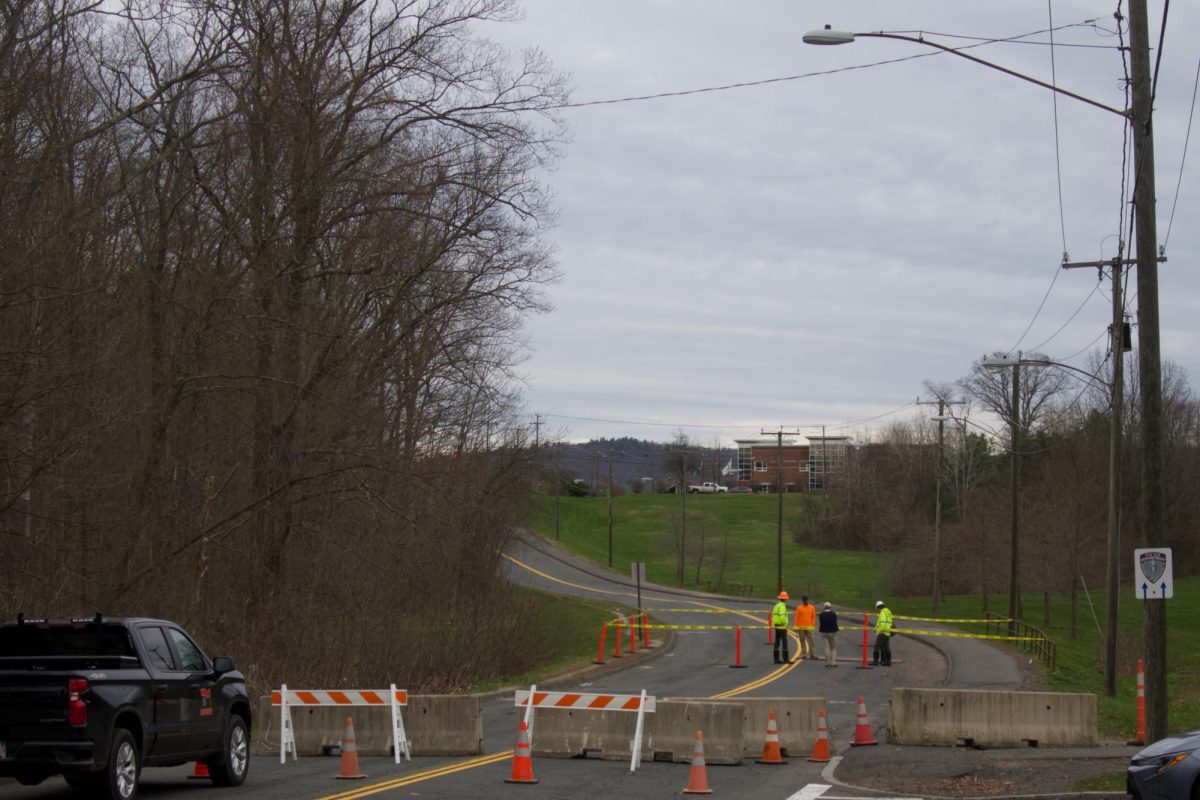
A series of moves by the Trump administration has environmental journalists scrambling for new strategies, with many fearing their jobs will be more difficult in the era of President Trump.
Companies like mongabay.com, an online news outlet with a focus on environmental issues, rely on media access to federal workers for information.
The appointment of a known climate change denier, Myron Ebell, as director of President Trump’s Environmental Protection Agency transition team and a recent media blackout for EPA workers has led to doubts that this relationship will survive.
On Thursday, three panelists from mongabay.com visited the UMass journalism department to give a talk, “The Changing Landscape: Environmental Journalism in the Age of Trump,” about the difficulties presented by the Trump-media relationship, and how they, as a company that focuses on climate change coverage, will proceed.
Mongabay.com was founded in 1999 in order to foster “interest in and appreciation of nature and wildlife, while examining the impact of emerging trends in climate, technology, economics, and finance on conservation and development,” according to the website.
Published in six different languages and allowing other publications to use mongabay.com articles as long as they are properly cited, the company believes its model for disseminating information has been successful.
However, as a company that generally does not use anonymous sources for information, mongabay.com could have a difficult time procuring scientific information because of President Trump’s recent media blackout for EPA workers.
In January, the Trump administration instituted this blackout and suspended the EPA’s social media activity.
In March, the administration proposed a 31 percent budget cut to the EPA, as well as plans to get rid of 3,200 of the EPA’s 15,000 employees—a policy former EPA administrator during the Obama administration Gina McCarthy has called “scorched earth.”
“We’re not just looking at cuts, were also looking at reduced access to those agencies,” said mongabay.com contributing editor Rebecca Kessler.
Kessler noted that while public relations representatives from the EPA have sometimes been available to the media, getting scientists to talk on record has been difficult.
The new proposals by the White House, according to Kessler, will not only exacerbate that problem, but could incite private-sector researchers to shun environmental journalists as well.
“Will scientists find it difficult to speak to journalists even if they don’t get money from the federal government, but because they have partnerships with federal agencies?” she asked.
The EPA has served as the primary government source for climate change information, and certainly has a lot to lose if President Trump’s proposals are realized. The journalists of mongabay.com say similar information coming from other government agencies will be diminished.
According to mongabay.com staff writer Mike Gaworecki, a lot of information on climate change comes from NASA.
Gaworecki argues that the Trump administration’s focus on sending NASA back to the moon, and even to Mars, necessitates reducing the focus on things like collecting images of the earth as well as countless measurements of temperature, air pressure, etc.—information infinitely valuable to environmental scientists and journalists alike.
“A lot of agencies will no longer be compiling data because they no longer have the money to do so,” Gaworecki said.
During a recent trip to Washington D.C., Gaworecki participated in several panels and conversations about environmental policy and reporting. His takeaway from these meetings: uncertainty.
“There was a lot of I guess, naïve hope that President Trump would be a lot different than Candidate Trump,” said Gaworecki. “…The takeaway at every panel, every talk I saw, was ‘we don’t know’ because, you know, I’m sure it’s not a surprise to anyone that Donald Trump is very hard to pin down on what he actually believes.”
Erik Hoffner, editor and content strategist at mongabay.com, said that while some uncertainty on policy remains, President Trump’s recent budget proposals “can be seen as a pretty clear statement of what [his] administration values.”
“It doesn’t appear that they value scientific research a lot and environmental protections,” said Hoffner, who feels White House hostility toward both media and environmentalists calls his work into question.
All three panelists were in agreement that dark days lie ahead for environmental reporting, yet heads are still being scratched as journalists ponder how to respond to the new administration.
Mongabay.com relies on about 100 correspondents situated around the globe, many of them working in countries with governments; those workers will be consulted by the mongabay.com editors.
The journalists of mongabay.com suggest that, in addition to using the easily-accessible information of “leaking websites” like wildleaks.org and employing the Freedom of Information Act, journalists should follow their boots-on-the-ground model, talking to ambulance drivers, morgue workers, and others who may be connected to a climate change story, and are not restricted in talking to the press. Besides, even if the “experts” won’t talk, the journalists at mongabay.com believe nature will talk for them.
As Gaworecki said, “We may not have the data necessarily, but there are still local acts of climate change. We can certainly show that the southern tip of Florida is underwater.”
David McLellan can be reached at [email protected].


















